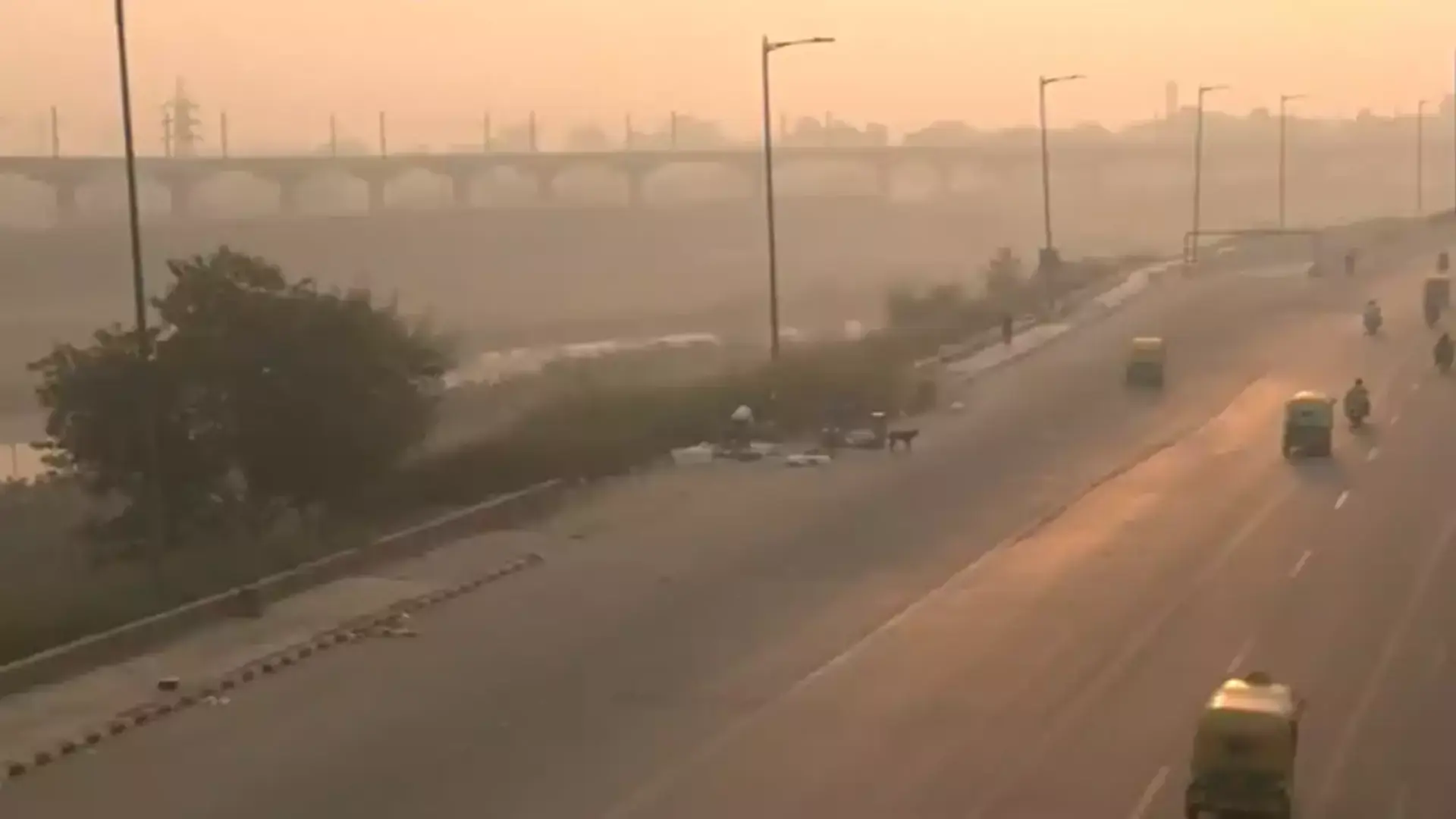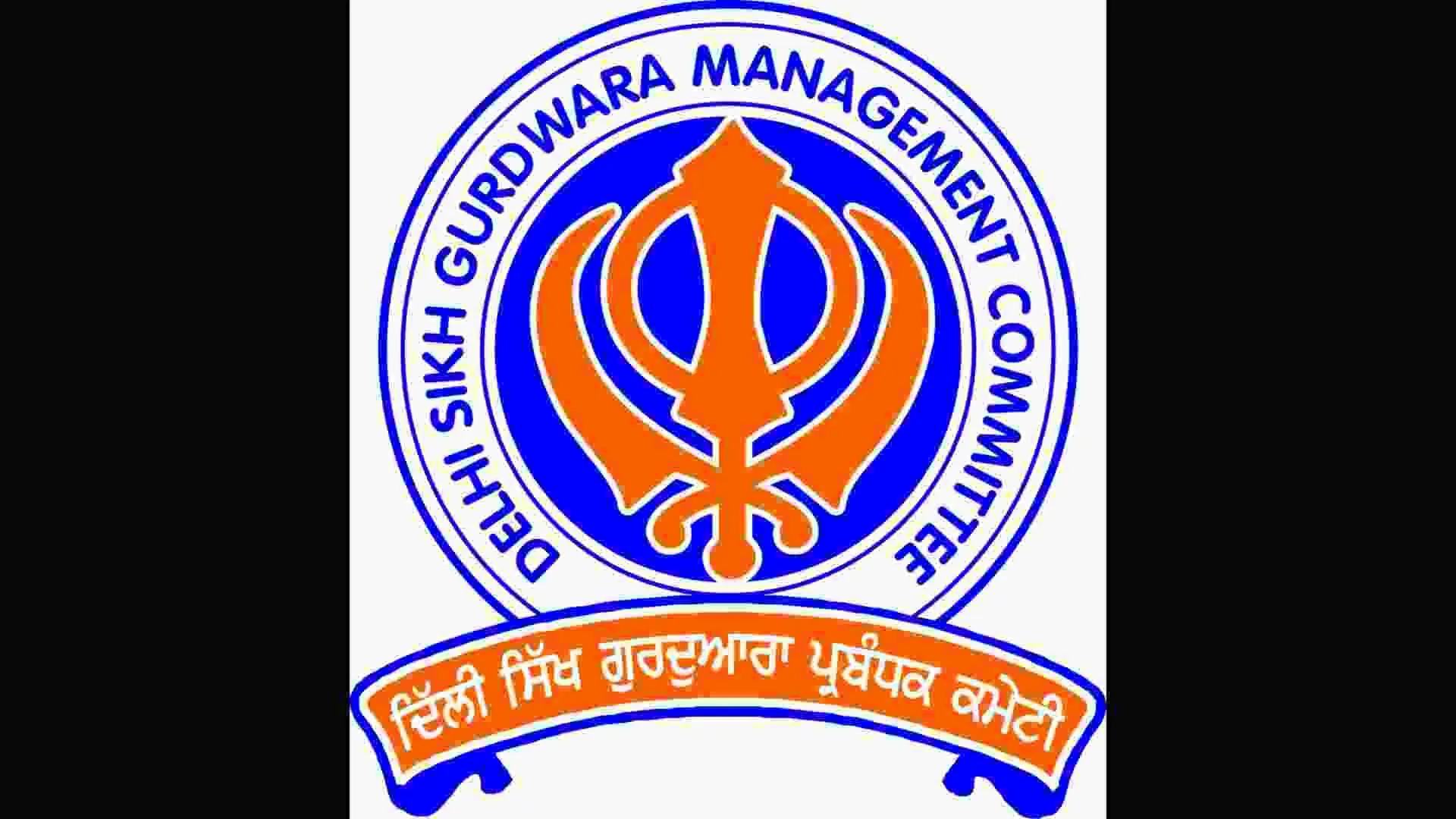A thick blanket of smog, coupled with fog and mist, blanketed Delhi and parts of the National Capital Region (NCR) on Wednesday morning, significantly reducing visibility. The air quality index (AQI) remained in the “very poor” category, according to the Central Pollution Control Board (CPCB).
At 5 am on Wednesday, the average AQI in Anand Vihar, Delhi, was recorded at 393. In Noida, the AQI reached hazardous levels of 1133, with PM2.5 as the primary pollutant.
The dense smog, along with shallow fog, led to reduced visibility throughout the morning hours, and experts warn that the hazy conditions are expected to persist into the evening and night, exacerbating health risks, especially for individuals with respiratory conditions.
Delhi has been grappling with “very poor” air quality since October 30, when the AQI was recorded at 307. Stubble burning in nearby Punjab and Haryana is often cited as a major contributor to the worsening air quality in the region.
On Tuesday, several cities in Punjab and Haryana also reported poor air quality, with Chandigarh’s AQI reaching 349, placing it in the “very poor” category. Punjab recorded 83 new farm fires, bringing the total to 7,112 for the season.
In Haryana, cities such as Kaithal, Jind, and Gurugram reported AQI values in the “poor” range, with Kaithal’s AQI reaching 291.
The AQI scale ranges from “good” (0-50) to “severe plus” (above 450). The ongoing pollution has also caused disruptions, including the abandonment of Vice President Jagdeep Dhankhar’s visit to Ludhiana. His flight could not land at the Halwara airport due to poor visibility, forcing him to redirect his travel plans.





















